A review on National Gallery Singapore’s special exhibition Tropical | Stories from Southeast Asia and Latin America
Written by Sabrina Yeo
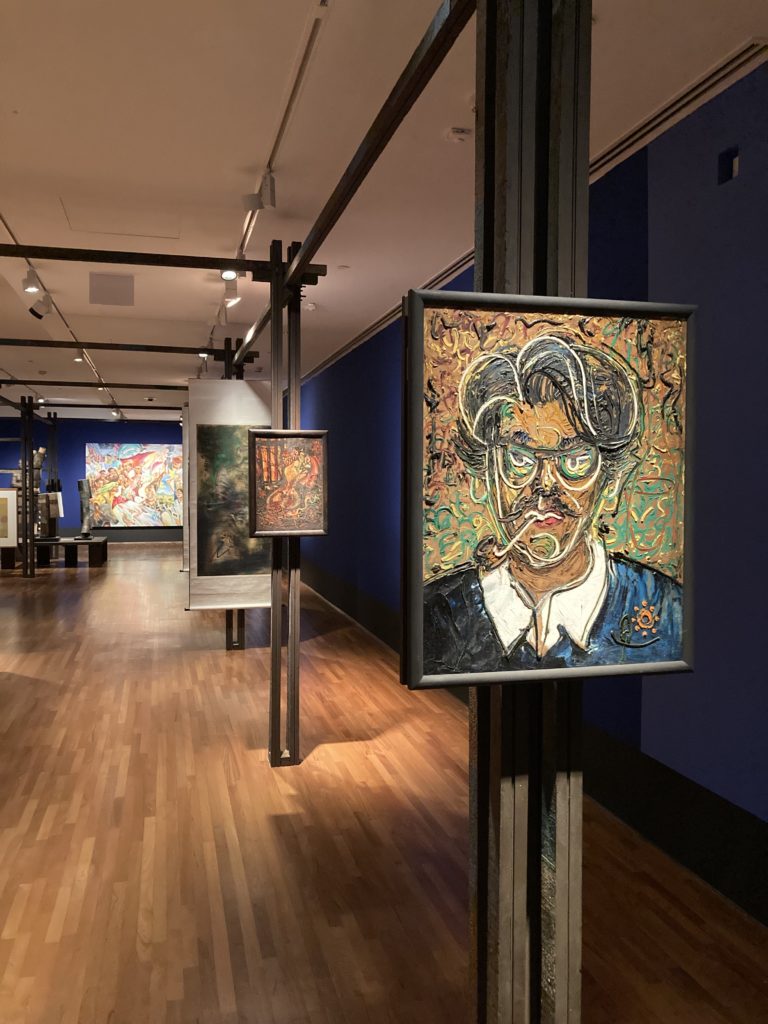
‘Tropical’ showcases a variety of media and creatives from Southeast Asia and Latin America, attempting to reanalyse colonial narratives of their homelands. Historically, these occasions are where the coloniser often cites itself as the epitome of “civilisation”, while the latter is portrayed as “barbaric”.
The exhibition juxtaposes stories shared by respective regional artists against “exotica” narratives that have trickled down into mainstream media. Art is further polarised, as the exhibition houses both idealised and realism-inspired depictions of the regions.

The exhibition’s set-ups were interesting. I observed incorporated structures that brought many paintings off the existing gallery walls. Acrylic sheets, used as mounting surfaces for paintings, made them seem like they were floating.

Likewise, foundation-like structures of wood in Gallery 2 also created a lot of breathing space between the artworks. The paintings of various scale and intensity did not visually clash, nor overwhelm viewers.
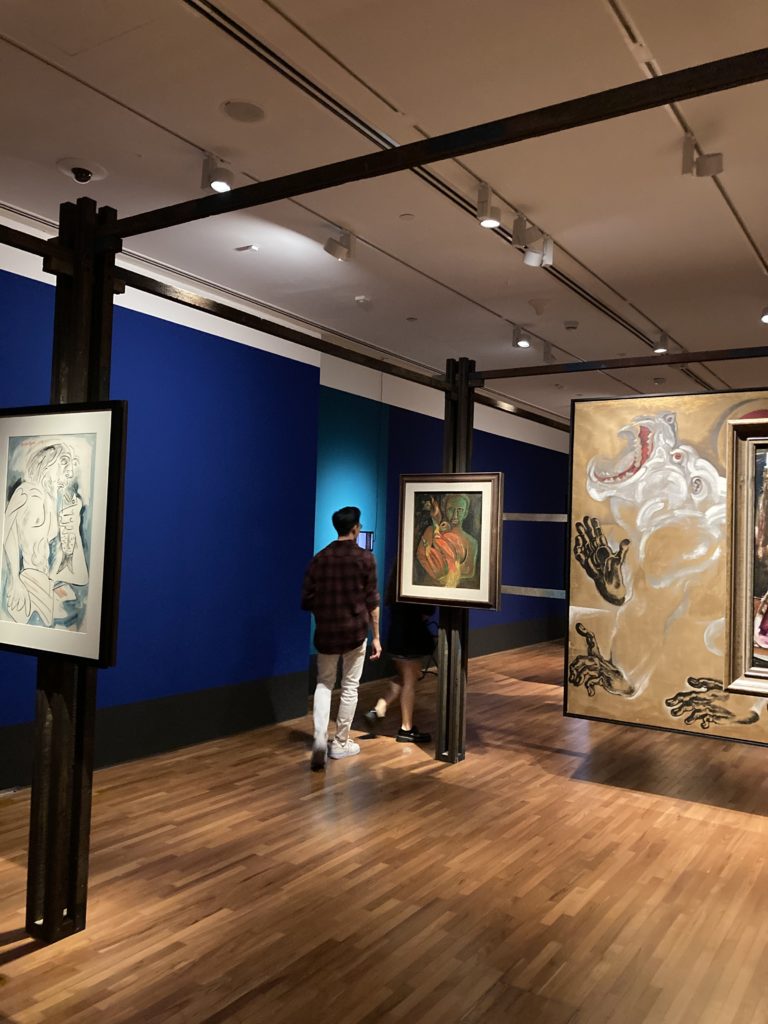
However, I had mixed feelings regarding the justification alignment of the grid system. I personally felt it was unnecessary to locally re-contextualise Lina Bo Bardi’s original design, by highlighting the use of Singaporean salvaged material.
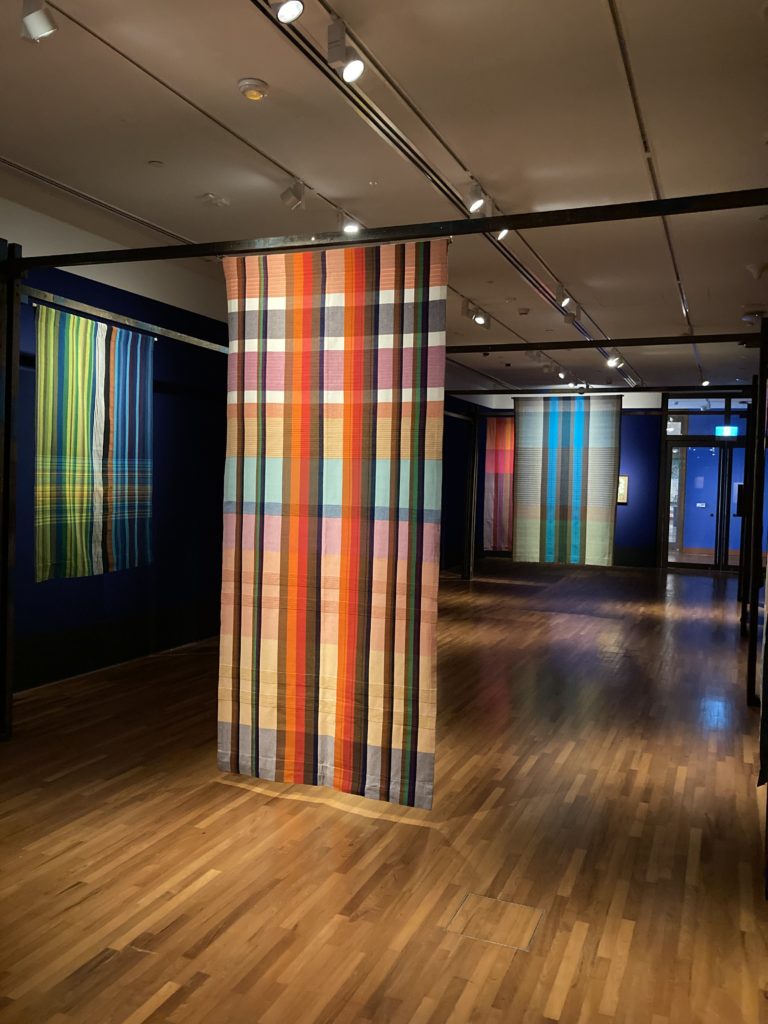
My favourite works across the entire exhibition are the textile pieces by Barbara Sansoni. The vibrancy and technically complex form had initially drawn me toward it. After finding out more about her art-making process, I was left even more impressed and grew in my respect of her.
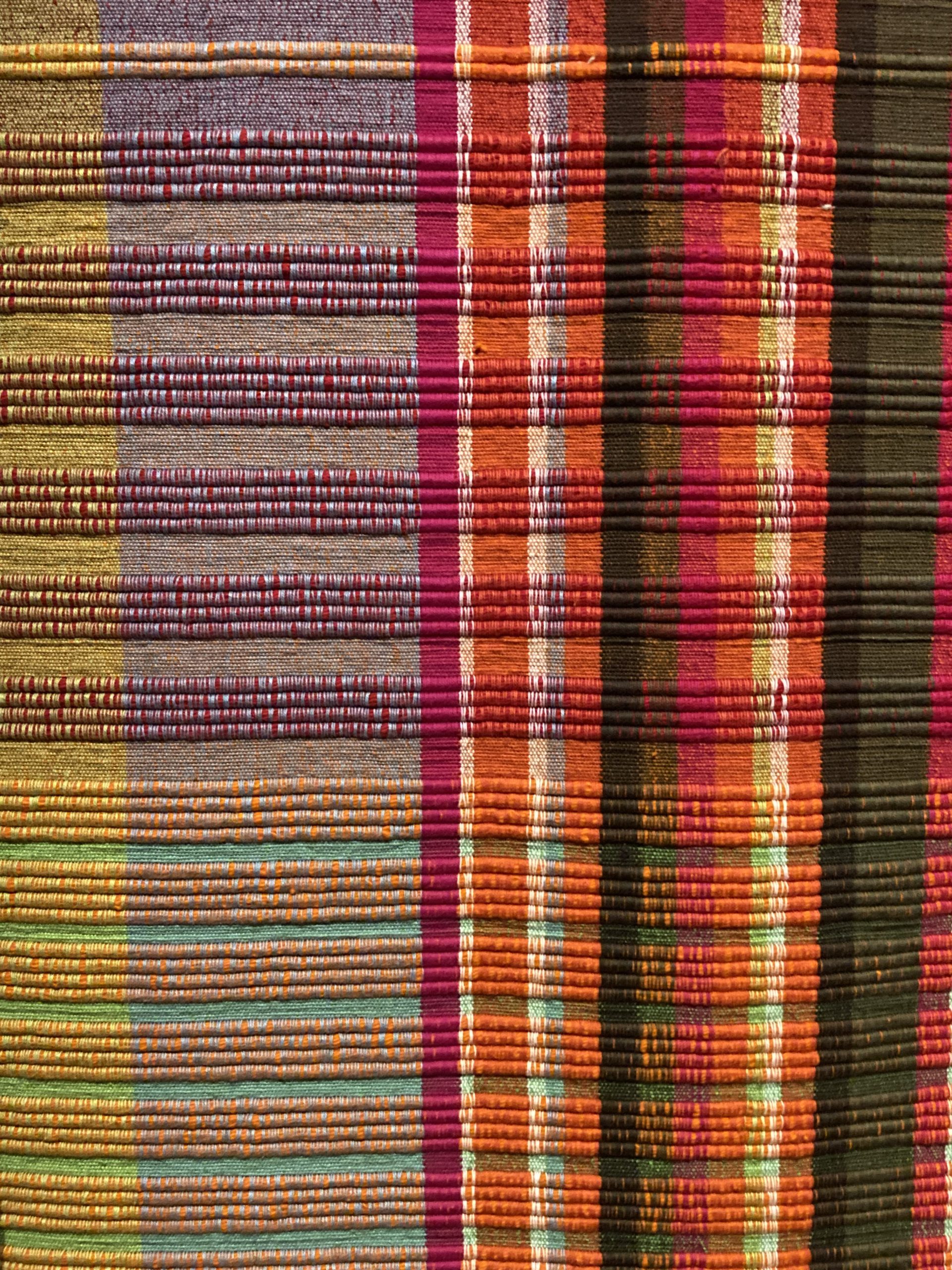
Sansoni’s works created job opportunities for women, through the creation of her art. Her process involved using customary weaving methods in Sri Lanka, that had been threatened by external influences of industrialisation. This has also helped in elevating small Sri Lankan owned businesses and indigenous craftsmen.
Sansoni’s approach to art aligned with my aspirations for the medium. I believe that art can be used to cultivate communities, and I am hopeful for the further development of a local arts economy. This could be a place where artists, collectors, external manufacturers and more can work more cohesively together, instead of heavily relying on third parties for funds and opportunities.
To conclude, ‘Tropical’ brings the ongoing dialogue on the repercussions of a post-colonial world to the forefront. Reflecting on the parallel historical narratives of artists from two different regions has made me reassess my own preconceived notions, that some islands and countries have been unwillingly married to the term ‘exotic’. While it is not wrong to sing praises of a place, for its elements that may align with our personal interests. One should have more self-awareness of where idealistic imageries stem from, as well as the potential damages over-romanticisation can cause.
Lastly, I appreciate the fact that the exhibition was curated and held in one of Singapore’s main art institutions. It has made the artworks and artefacts from two different regions accessible to us here in Singapore. With a vast array of works and artistic expressions, I highly recommend checking out ‘Tropical’ for yourself.
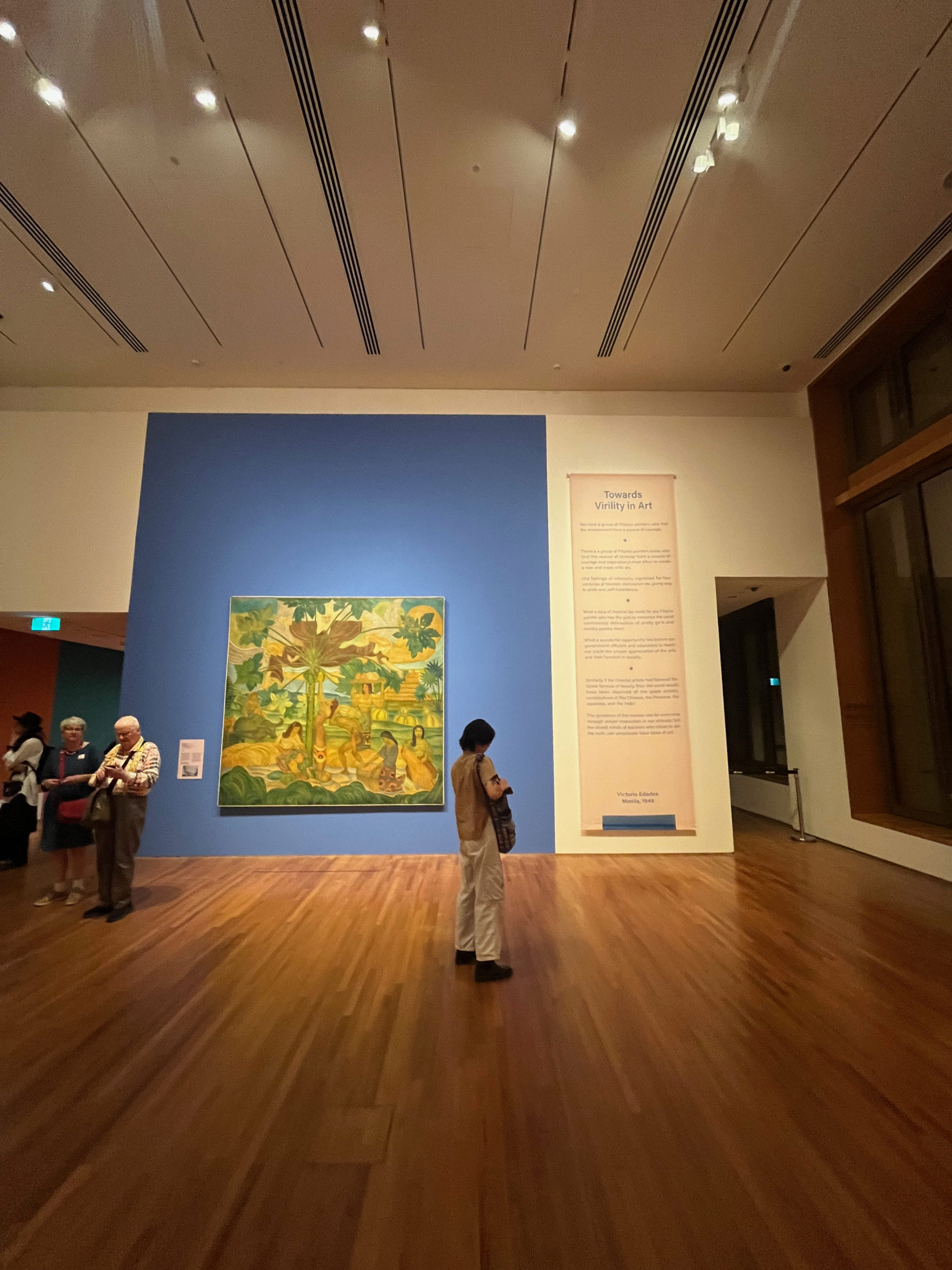
Leave a Reply